X
wikiHow is a “wiki,” similar to Wikipedia, which means that many of our articles are co-written by multiple authors. To create this article, volunteer authors worked to edit and improve it over time.
There are 12 references cited in this article, which can be found at the bottom of the page.
This article has been viewed 31,931 times.
Learn more...
Learning to live and adapt to life in a leg cast can be challenging. However, caring for your cast means you’ll recover much faster, and speeds up the healing process. With the information in this wikiHow, you can learn to be more comfortable in your cast during recovery.
Steps
Method 1
Method 1 of 3:
Caring for Your Cast
-
1Raise your affected leg.[1] Keeping your leg raised for the first couple of days after you have had a cast put on will help prevent any unnecessary swelling and help to ease the pain.
- Use a few pillows or a rolled up towel/blanket to raise your cast. This will take all the weight off your leg and make you feel more comfortable.
-
2Avoid direct contact with water.[2] Getting your cast wet will soften the hardened cast and will prevent the bones being fully protected from accidental knocks, and it may result in the bone moving from weakened support from the cast.
- You can buy covers to keep casts dry for showering or activities that involve water.
- Do not use cling-film or a plastic bag to prevent the cast getting wet, as these are not medically advised.[3]
- Contact your GP/doctor if your cast gets wet, to make sure this has not caused any damage.
Advertisement -
3Try to keep the cast uncovered, and avoid hot areas.[4] This will avoid your skin getting too hot and sweaty. Having the cast covered or exposed to heat may cause itchiness, which may make your leg less comfortable.
- If the cast has to be covered for any reason, remove any covering as soon as you can, to allow enough air to pass through the skin under your cast.
-
4Avoid putting anything under your cast.[5] Although your cast may feel very itchy, it is important to not put anything under it to scratch, as this may cause harm to the skin, which can lead to an infection.
- The itchiness should go down after a few days, but if it doesn't contact your GP/doctor to get medical advice.
-
5Do not walk on your cast, unless given permission by your doctor.[6] The cast may break, and is not strong enough to hold the weight of your leg.
- If your doctor has given you permission, then they will give you a plaster shoe to wear to support the cast.
Advertisement
Method 2
Method 2 of 3:
Feeling More Comfortable in Your Cast
-
1Stretch the unaffected areas. Making sure to keep the other areas of your leg moving is essential to prevent any stiffness and to keep good blood circulation through the leg to help the healing process.[7]
- Move your toes and knee to help the circulation.
- Keep your unaffected leg moving as well, to avoid cramping or stiffness.
-
2Prevent any sprays, powder or lotion going under your cast. If any sprays get into your cast this may cause itching or pain from skin irritation, so try to avoid using sprays, lotions or powder around the affected area.[8]
- Do not apply lotion underneath your cast as this may cause a skin reaction.
-
3Use crutches or a wheelchair to get around. If you need to get up at any point to go to the bathroom or another room in the house, use a wheelchair or crutches to aide stability and prevent unnecessary pain.[9]
- Get someone to help you get around. Do not attempt to do this on your own to start with in case you fall and hurt yourself.
- Avoid hopping if you can, as you may accidentally put weight through the affected leg and cause pain or harm to the area.
-
4
Advertisement
Method 3
Method 3 of 3:
Knowing When to Seek Medical Attention
-
1Seek medical advice immediately if:[12]
- Your toes have gone blue. This may mean you are not getting enough oxygen or blood to the area, and this can become serious if not treated straight away.
- You have broken your cast. If your cast is broken, it will not be giving your leg enough support. Your leg may move, causing it to heal incorrectly if not fixed.
- You are experiencing a lot of pain or unusual sensations. This can also mean that your leg is not getting enough oxygen or blood around the area, and this must be treated urgently.
- Any other problems listed on this list.
-
2Call your doctor if you have any queries or feel worried. It is okay to call if you feel like you have done something wrong, or if your cast doesn't feel right. It is better to get medical advice and be safe rather than leaving it too late and the problem develops into something more serious.
- You are not expected to be an expert or know everything you are doing straight away. Your doctor would be happy to answer any queries you have, until you feel more confident.
Advertisement
Warnings
- Do not attempt any methods that you feel may cause more pain or harm.⧼thumbs_response⧽
- Do not remove the cast or reposition it by yourself. This may move your leg out of position and cause pain.⧼thumbs_response⧽
- Do not drive whilst you have a leg cast.⧼thumbs_response⧽
Advertisement
References
- ↑ https://www.hss.edu/files/CaringForCast_V5.pdf
- ↑ https://www.royalcornwall.nhs.uk/services/trauma-orthopaedics/cast-care/
- ↑ https://www.nhs.uk/common-health-questions/accidents-first-aid-and-treatments/how-should-i-care-for-my-plaster-cast/
- ↑ https://www.nhs.uk/chq/Pages/2543.aspx
- ↑ https://familydoctor.org/cast-care/
- ↑ https://www.nhs.uk/chq/Pages/2543.aspx
- ↑ https://orthoinfo.aaos.org/en/recovery/care-of-casts-and-splints/
- ↑ https://www.ucsfbenioffchildrens.org/education/caring-for-a-child-in-a-spica-cast
- ↑ https://www.rch.org.au/kidsinfo/fact_sheets/Fracture_care_leg/
About This Article
Advertisement


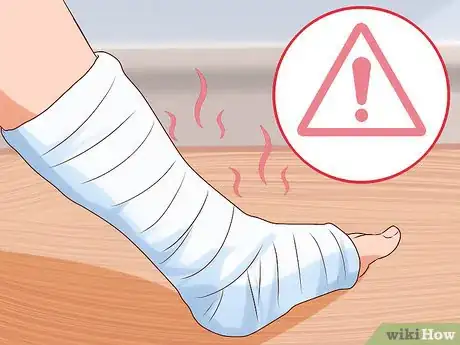
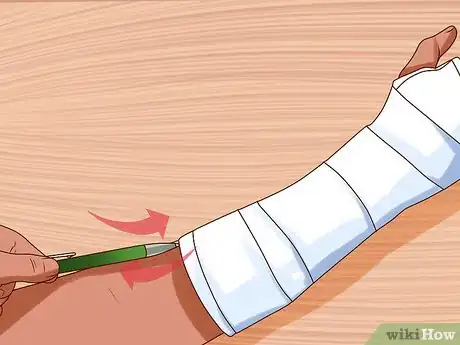

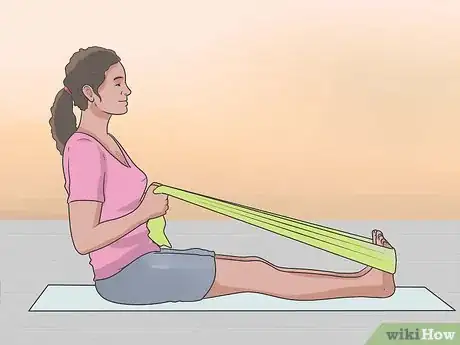
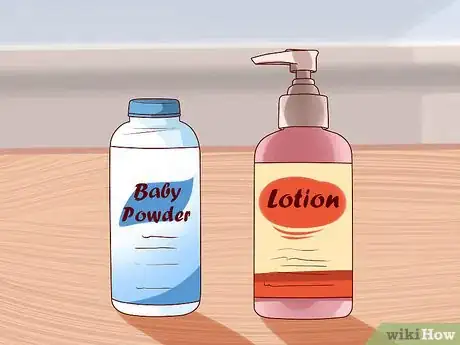

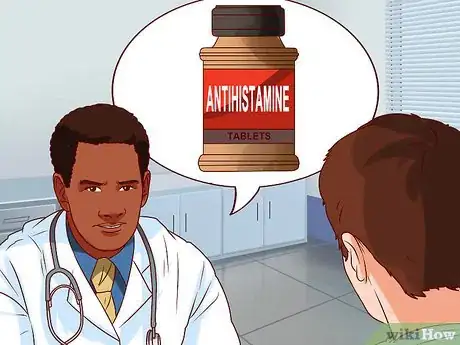
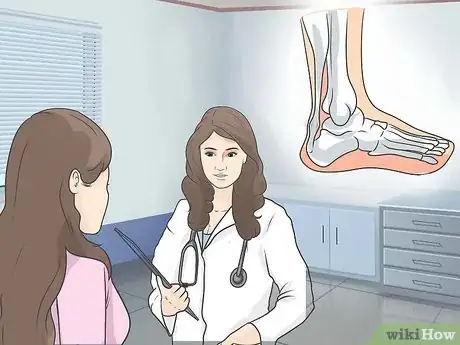
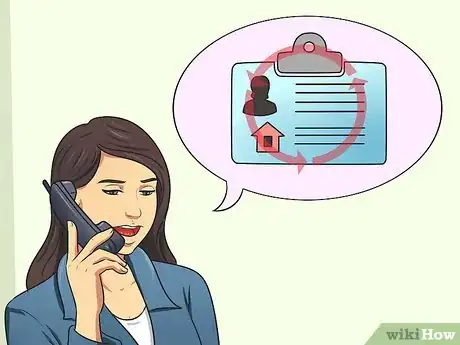
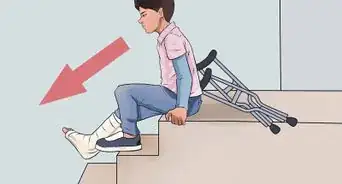
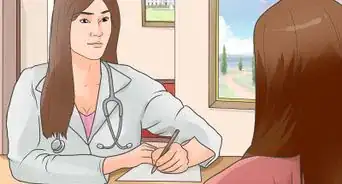


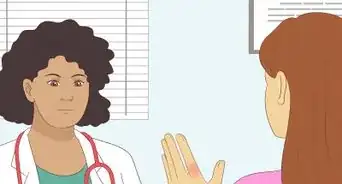

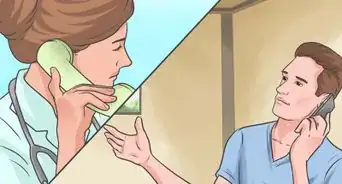
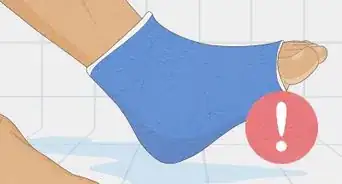

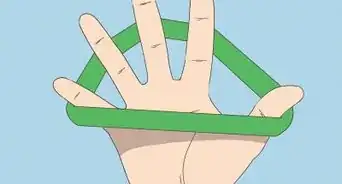

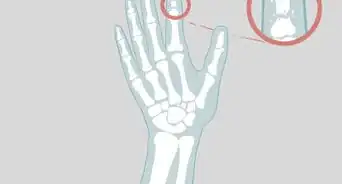







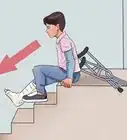






































Medical Disclaimer
The content of this article is not intended to be a substitute for professional medical advice, examination, diagnosis, or treatment. You should always contact your doctor or other qualified healthcare professional before starting, changing, or stopping any kind of health treatment.
Read More...